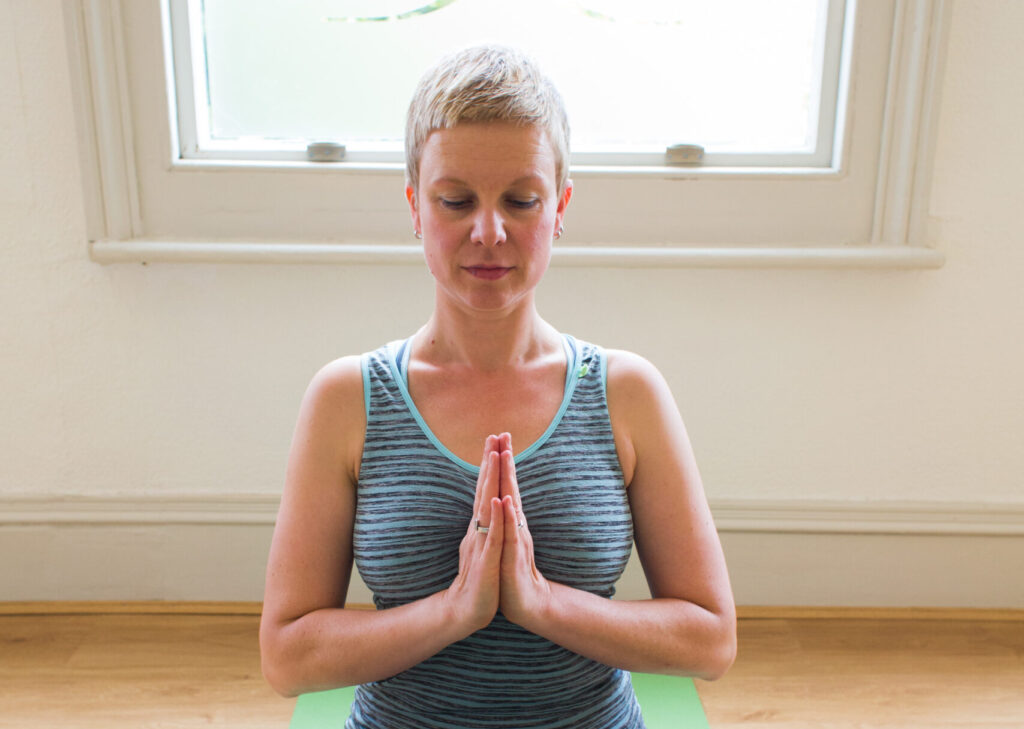The Rhythm of Breath, the Symphony of Life
Explore Functional, Coherent, and Hypopressive Breathing for Better Movement & Posture, Nervous System Regulation, and Core Health.
Find Your Breath, Tune Into Your Body and Mind
Unlock the Benefits of Functional, Coherent, and Hypopressive Breathing—whether as dedicated practices or combined with your movement or therapeutic sessions for a fully integrated approach.
Reconnecting you with your breath and core, while regulating your nervous system to foster balance and vitality throughout body and mind.
Whether you’re aiming to enhance movement, improve posture, address your core, regulate your nervous system, manage stress/anxiety, or support recovery and healing, I’ll provide tailored guidance to meet your unique needs.
Bringing breath, body, and mind into harmony.
Available online or in-person in South-East London

Functional Breathing
Breathing is essential to life, yet many of us breathe inefficiently without even realising it.
Functional Breathing teaches you how to breathe in a way that supports your body’s natural rhythms, improving oxygen flow, reducing stress, and helping you feel more energised, focused, and relaxed.
The Breathing Challenge
Habits like stress, perfectionism, excessive talking, and mouth breathing as well as traumatic life events disrupt natural breathing patterns. Over time, these disruptions and habits can contribute to dysfunctional breathing, including shallow, rapid breaths or chronic overbreathing.
The irony? Breathing more doesn’t always mean delivering more oxygen. Excessive breathing (chronic hyperventilation) can lower carbon dioxide (CO₂) levels, which paradoxically reduces oxygen delivery to your cells. This imbalance affects brain function, circulation, and muscle performance. Many people chronically hyperventilate without realising it, creating ongoing health challenges.
Signs of Dysfunctional Breathing
Do any of these feel familiar?
- Difficulty taking a satisfying breath.
- Frequent yawning or sighing.
- Breathlessness at rest or during mild activity.
- Snoring, poor sleep, or fatigue despite rest.
- Increased anxiety, irritability, brain fog or trouble concentrating.
Dysfunctional breathing patterns can contribute to conditions like asthma, hay fever, sleep apnea, and anxiety.
What Then Is Functional Breathing?
Functional breathing emphasises breathing through the nose, lightly, slowly, and diaphragmatically. This approach follows the Hierarchy of Breathing:
- Nose: Filters, warms, and humidifies air for efficient oxygen delivery.
- Light: Gentle, soft breathing reduces energy expenditure.
- Slow: A calm, steady rhythm helps regulate your nervous system.
- Low: Engages the diaphragm for a more stable spine and efficient breaths.
When practiced regularly, functional breathing creates a foundation for better health, energy, and emotional balance.
Why It Matters
Functional breathing is a simple yet powerful tool to enhance your well-being. By optimizing oxygen delivery, calming the nervous system, and improving focus, it helps restore balance to both body and mind. Whether you’re looking to relieve pain, improve performance, or simply feel more relaxed, functional breathing supports:
- Better oxygen delivery for improved circulation and energy
- Calmer nervous system, reducing stress, anxiety, and brain fog
- Enhanced focus and mental clarity
- Improved movement efficiency and support for core stability
- Pain relief, particularly from poor biomechanics or chronic conditions
- Better sleep through reduced snoring and improved breathing patterns
Breathing and Movement Are Linked
Your breathing directly affects posture and movement. Dysfunctional breathing can lead to poor posture, reduced spinal stability, and chronic pain. Restoring functional breathing improves:
- Core strength and stability
- Movement efficiency and stamina
- Relief from pain related to poor biomechanics
Functional breathing isn’t just about the lungs; it’s about your entire body functioning in harmony.
How I Offer Functional Breathing Services
Integrated Services: Functional breathing is seamlessly integrated into my Movement Coaching or Therapeutic Bodywork services, addressing both physical and mental well-being.
Standalone Sessions: Personalised one-on-one support, available online or in-person (South-East London), tailored to your needs. These sessions may include:
- A comprehensive breathing assessment
- Practical techniques for diaphragmatic and nasal breathing
- Integration with Pilates, Yoga, or Somatics for improved posture and movement
Start Your Journey to Better Breathing
Functional breathing can transform how you feel and move. Whether you’re looking for improved focus, better sleep, or enhanced performance, functional breathing resets your mechanics, restoring balance to body and mind. Ready to breathe better?

Coherent Breathing
Breathing is a powerful tool for regulating both your body and mind. Coherent breathing helps you establish a balanced, controlled rhythm—typically around 5-6 breaths per minute—promoting calm, focus, and physical well-being.
This technique is especially effective for reducing stress, regulating emotions, and supporting cardiovascular health.
What Is Coherent Breathing?
Coherent breathing involves slow, even-paced breathing that synchronises your breath with your heart rate and nervous system activity. This rhythm optimises oxygen delivery, promotes relaxation, and helps regulate emotions. By cultivating a steady pattern, you can bring your body and mind into a state of balance, reduce stress, and enhance overall health.
Coherent Breathing in Practice
To practice, inhale through the nose for 5-6 seconds, then exhale for 5-6 seconds, maintaining a smooth and continuous rhythm. This technique is often paired with mindfulness or meditation for deeper relaxation and focus.
Why It Matters
Coherent breathing helps balance your sympathetic (fight or flight) and parasympathetic (rest and digest) nervous systems. This balance is crucial for improving heart rate variability (HRV), an important indicator of cardiovascular health, stress resilience, and emotional well-being. In addition to promoting relaxation and recovery, coherent breathing enhances circulation, reduces muscle tension, and supports better physical performance.
Benefits of Coherent Breathing
- Reduces stress and anxiety: Calms the nervous system and helps manage overwhelming emotions.
- Improves heart rate variability (HRV): Boosts emotional resilience and overall heart health.
- Enhances focus and concentration: Clears mental fog and improves cognitive function.
- Promotes deep relaxation: Supports better sleep and greater energy levels.
- Supports physical health: Reduces muscle tension and enhances circulation.
- Improves emotional regulation: Helps you stay calm and balanced in challenging situations.
How I Offer Coherent Breathing Services
Integrated Services: Coherent breathing can be seamlessly integrated into your Movement Coaching or Therapeutic Bodywork sessions, addressing both physical and mental well-being.
Standalone Sessions: Personalised one-on-one support, available online or in-person (South-East London), tailored to your needs. In our personalised one-to-one sessions, you will learn how to apply this breathing technique to regulate your nervous system and optimise your physical and emotional health. Each session is tailored to your needs and may include:
- Breathing assessment: Identify your current breathing patterns and potential areas for improvement.
- Practical, guided techniques: Learn controlled breathing exercises designed to align your breath with your heart rate.
- Meditative and Visualisation Techniques: These options are incorporated to enhance the relaxation response, reduce stress, and help you connect with your body and breath more deeply. Using visualisation techniques alongside breathing exercises can promote deeper relaxation and emotional balance.
- Integration with other practices: Apply coherent breathing alongside your movement or meditation routines, like Yoga or Somatics, to enhance posture, movement efficiency, and stress relief.
Start Your Journey to Coherent Breathing
If you’re ready to reset your nervous system, alleviate stress, or enhance your focus and well-being, coherent breathing can help you feel more balanced and connected.
Whether integrated into your Movement Coaching or Therapeutic Bodywork sessions or booked as a standalone service, coherent breathing provides a simple yet effective way to optimise your breath for better health and vitality.
Ready to start breathing with greater balance and ease?

Hypopressive Breathing
Hypopressive breathing is a low-pressure abdominal technique designed to strengthen your core, improve posture, and support pelvic health. Initially developed for postnatal recovery, it is now widely used for spinal stabilisation, breath control, and activating deep core muscles.
How It Works
Unlike traditional core exercises, hypopressive breathing combines breath control and postural engagement to create a vacuum effect in the abdomen. This activates deep stabilising muscles without adding excessive intra-abdominal pressure, offering a safer and more effective alternative for core activation.
Who Can Benefit?
- Postnatal women recovering from pregnancy
- Individuals with pelvic floor dysfunction
- Athletes and movement practitioners seeking better breath control
- Those with lower back pain or postural imbalances
The Science Behind It
Hypopressive breathing uses controlled breath-holding toward the end of the exhalation (apnea) to activate deep core muscles reflexively. This improves breath efficiency, posture, and core activation.
In cases where breath-holding is not suitable, diaphragmatic breathing and posture alone remain effective in strengthening the core and pelvic floor.
Benefits of Hypopressive Breathing
- Improved core and pelvic floor function: Enhances stability and support.
- Better posture and spinal alignment: Reduces discomfort and promotes efficient movement.
- Increased lung capacity and breath control: Boosts overall breath management.
- Reduced intra-abdominal pressure: Safer for recovery and long-term core strengthening.
- Enhanced athletic performance: Optimises movement efficiency and stamina.
How I Offer Hypopressive Breathing Services
Integrated Services: Hypopressive breathing can be integrated into your Movement Coaching or Therapeutic Bodywork sessions.
Standalone Sessions: Personalised one-on-one support, available online or in-person (South-East London), tailored to your needs. During personalised one-to-one sessions, you will learn how to incorporate this breathing technique into your routine to improve core strength, posture, and pelvic health.
Each session is tailored to your specific needs and may include:
- Breathing assessment: Identifying areas of improvement in your breath control and core engagement.
- Guided hypopressive techniques: Learning postures and breath-holding techniques to activate deep core muscles.
- Integration with movement practices: Incorporating hypopressives into Pilates, Yoga, or other movement routines for enhanced results.
Start Your Journey to Stronger Core and Better Health
Whether you’re recovering from pregnancy, seeking to improve posture, or enhance athletic performance, hypopressive breathing can help you strengthen your core, support pelvic health, and move more efficiently.
Ready to optimise your breath and core strength?

Can I help you?
Breathing practices can be transformative in improving both physical and emotional well-being. By integrating techniques like Functional Breathing, Coherent Breathing, and Hypopressive Breathing, I can help you address a wide range of concerns, empowering you to breathe more easily, feel more grounded, and improve your overall health.
Issues I can help with through breathing practices:
- Pelvic floor dysfunction
- Core weakness and instability
- Poor posture and spinal discomfort
- Postnatal recovery
- Surgery recovery
- Breathing difficulties or inefficient breath patterns
- Lower back pain or muscle tension
- Reduced athletic performance or movement efficiency
- Sleep disturbances and poor relaxation
- Difficulty focusing or concentrating
- Stress and anxiety
If you’re facing any of these challenges mentioned, I’m here to offer personalised guidance through breathwork to help you feel more balanced and connected to your body.
Please note that breathwork practices are complementary to traditional medical care and should not replace advice or treatment from a healthcare professional. Always consult with your GP or a medical practitioner for any health concerns.
Have a concern or goal in mind that you want to discuss ?
Get in touch or book a FREE discovery call and let’s explore how we can work together.
What clients say




Ready to experience it yourself?
Frequently Asked Questions - Breathwork
What is breathwork, and how does it work?
Breathwork refers to various techniques that involve conscious control of your breath to improve physical, mental, and emotional health. These practices help regulate the nervous system, reduce stress, enhance focus, and promote overall well-being. By training your breath, you can activate the body’s relaxation response, improve oxygen delivery, and bring balance to your system.
How can breathwork help me?
Breathwork can help with a wide range of issues, including:
- Improving core strength and pelvic health
- Relieving chronic pain and muscle tension
- Supporting better posture and movement efficiency
- Reducing stress and anxiety
- Improving sleep quality
- Enhancing focus and mental clarity
- Managing emotions and regulating your nervous system
Is breathwork suitable for everyone?
Breathwork can benefit most people, whether you’re looking to reduce stress, improve athletic performance, or just feel more connected to your body. However, if you have specific health concerns, such as respiratory conditions (e.g., asthma or COPD) or certain mental health conditions (e.g., severe anxiety, PTSD, or a history of panic attacks), it’s important to consult with your healthcare provider before starting breathwork. We can then work together to ensure the techniques we use are appropriate for your unique situation.
How do I know which type of breathwork is right for me?
I offer several breathwork techniques, including functional breathing, coherent breathing, and hypopressive breathing, each serving different purposes. Functional breathing is great for improving breathing efficiency and stress relief. Coherent breathing helps regulate your nervous system and supports emotional balance, while hypopressive breathing is designed to strengthen the core and pelvic floor. During our sessions, we’ll work together to identify which technique best aligns with your goals and needs.
Can breathwork help with physical conditions like back pain or poor posture?
Yes, breathwork can be a powerful tool for addressing physical conditions like back pain and poor posture. By practicing specific breathing techniques, you can engage the diaphragm and core muscles more effectively, improving spinal stability and relieving muscle tension. In addition, breathwork can help you develop greater body awareness, which can lead to better posture and reduced discomfort over time.
How long does it take to see results with breathwork?
Some clients feel the benefits of breathwork immediately, such as a sense of calm and improved focus. However, for long-term improvements, such as better posture, reduced anxiety, or increased lung capacity, regular practice over several weeks is recommended. The more consistently you practice, the more profound the benefits you’ll experience.
Do I need any special equipment for breathwork sessions?
No special equipment is required for breathwork, but comfortable clothing is recommended, as it allows you to relax fully. Depending on the breathwork technique, you may want to practice in a quiet space where you can focus without distractions.
Can I do breathwork on my own, or should I work with a coach?
While it’s possible to practice breathwork on your own using resources and guided sessions, working with a coach provides personalised instruction, feedback, and tailored exercises. This ensures you’re using the right technique for your specific needs and goals. I offer both one-on-one sessions and integrated breathwork as part of my Movement Coaching or Therapeutic Bodywork services.
Can breathwork be combined with other forms of exercise, like yoga or Pilates?
Absolutely! Breathwork can enhance your yoga, Pilates, or other movement practices. In fact, many breathwork techniques, such as diaphragmatic breathing, work synergistically with these activities to improve focus, coordination, and overall performance. I often integrate breathwork into my sessions to deepen your practice and support better movement patterns.
What should I expect during a breathwork session?
During a breathwork session, I will guide you through various breathing techniques tailored to your goals, whether you’re focusing on relaxation, improving energy, or enhancing physical performance. Sessions are typically done in a calm, comfortable setting. While in-person sessions allow for hands-on guidance and real-time adjustments, I also offer audio recordings of certain practices that you can use on your own at home. These recordings are a great option for maintaining a consistent practice between sessions. If you prefer to work independently, they provide a helpful tool for personal growth, but if you feel that one-on-one guidance is more beneficial, we can continue our sessions together.
Credentials and Affiliations
I study and partner with trusted, accredited organisations and professional networks to ensure you benefit from advanced, up-to-date care and support.
Get in touch
Ready to get started? Contact me for more information or book your appointment directly through the buttons below.

